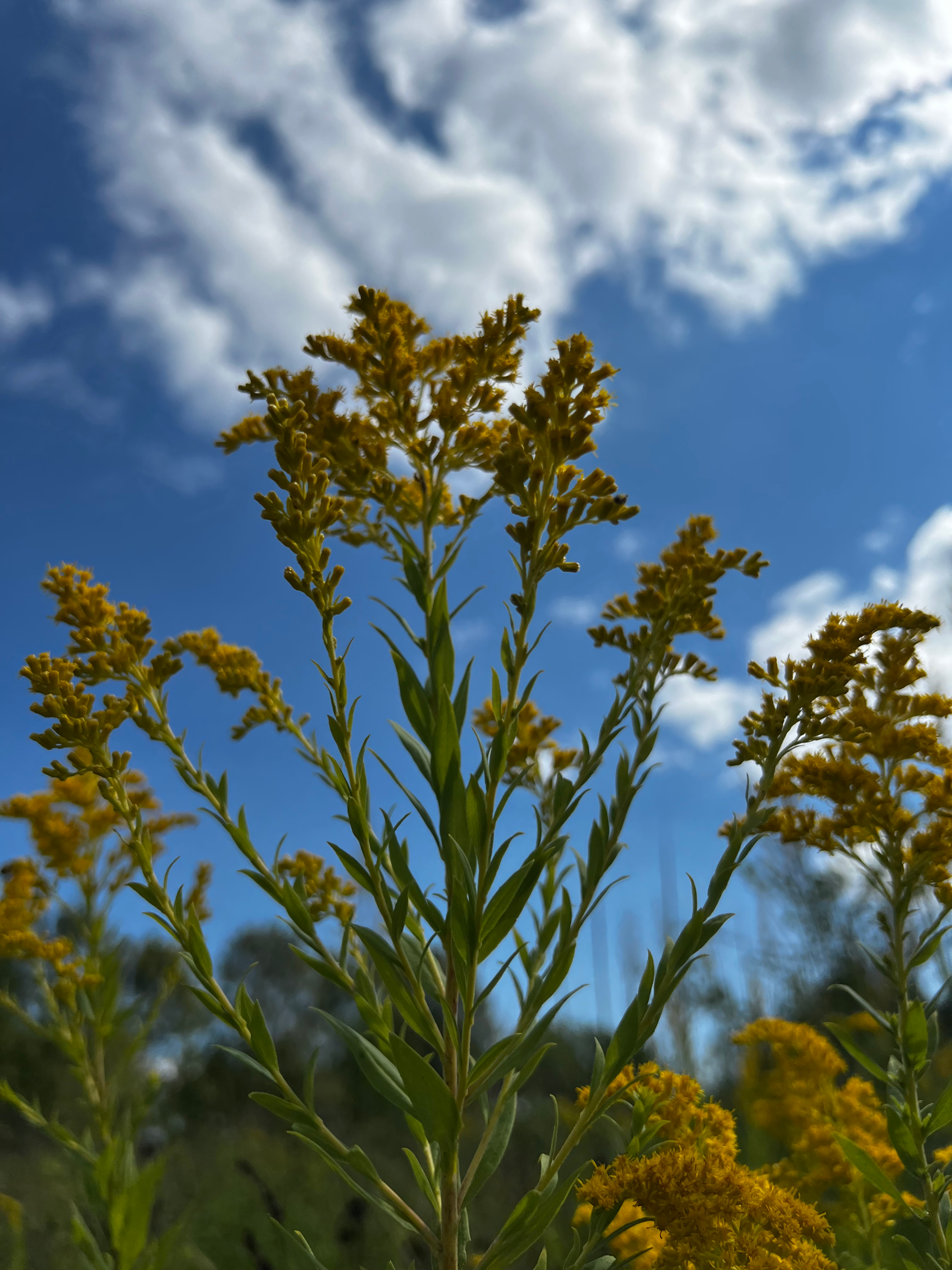Sweet Annie: The Intriguing Herb That Captivates with its Fragrance and Medicinal Properties
- carpernaumherbals

- Apr 30, 2024
- 3 min read

Nature has an uncanny way of captivating us with its diverse and fascinating creations. One such plant that has piqued the interest of many is Sweet Annie (Artemisia annua). With its delicate fern-like leaves and enchanting fragrance, Sweet Annie is more than just a pretty herb. In this blog post, we will delve into the world of Sweet Annie, exploring its history, characteristics, and its remarkable medicinal properties. Once you get a smell this amazing plant you will never forget it!
Sweet Annie, also known as Sweet Wormwood or Artemisia annua, has a rich history dating back thousands of years. Originating from Asia, particularly China, it has been used in Traditional Chinese Medicine for its various healing properties. It gained worldwide attention in the 1970s when it was discovered as a potent source of the antimalarial drug artemisinin, which revolutionized malaria treatment.
Sweet Annie possesses distinctive characteristics that make it unique and visually appealing:
Fern-like Leaves: The delicate, feathery leaves of Sweet Annie create an airy and graceful appearance, similar to a fern.
Fragrant Aroma: Crush the leaves of Sweet Annie, and an enchanting fragrance is released, often described as having a camphor-like or slightly sweet scent.
Height and Growth: Sweet Annie can reach a height of three to six feet, making it an excellent addition as a background plant in gardens or borders.
Flowering: In late summer or early autumn, Sweet Annie produces small yellow flowers. These flowers add a touch of charm to the plant's overall appearance.

Sweet Annie offers a plethora of medicinal properties backed by traditional wisdom and scientific research:
Antimalarial Properties: The most well-known and significant use of Sweet Annie is its antimalarial properties. The compound artemisinin extracted from the plant has revolutionized the treatment of malaria and is an essential part of many antimalarial drugs.
Antimicrobial and Antiparasitic Effects: Sweet Annie exhibits broad-spectrum antimicrobial properties and has shown potential against various bacteria, fungi, and parasites.
Anti-inflammatory and Immunomodulatory Effects: Sweet Annie has been traditionally used to alleviate inflammation and may help modulate the immune response.
Cancer Research: Research suggests that certain compounds in Sweet Annie may show promise in inhibiting the growth of cancer cells. However, further studies are ongoing.
Digestive Support: Sweet Annie has been used to soothe digestive discomfort and promote healthy digestion.

If you're intrigued by Sweet Annie's qualities and would like to grow it in your garden, here are some tips:
Climate and Soil: Sweet Annie thrives in full sun to partial shade and prefers well-draining soil.
Planting: Sow Sweet Annie seeds directly into the soil in spring after the last frost or start seeds indoors earlier and transplant them outdoors.
Maintenance: Sweet Annie is a hardy plant with low maintenance needs. However, it can self-seed vigorously, so consider removing flowers before they set seed if you wish to control its spread.
Many people love to make wreaths with sprigs of Sweet Annie, they make great door wreaths and also add an amazing fragrance to the home!
Sweet Annie is a captivating herb that mesmerizes with its delicate, fern-like leaves and alluring fragrance. Beyond its visual appeal, this herb offers fascinating medicinal properties, including its role in antimalarial treatment and its potential as an antimicrobial and anti-inflammatory agent. Whether you choose to grow it in your garden or explore its benefits in holistic practices, Sweet Annie invites you into a world where beauty and healing converge.

Sweet Annie (top right) harvested from my garden in fall of 2023






Comments